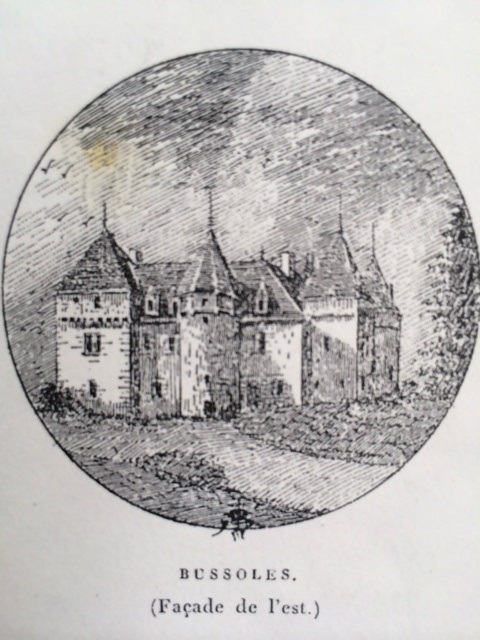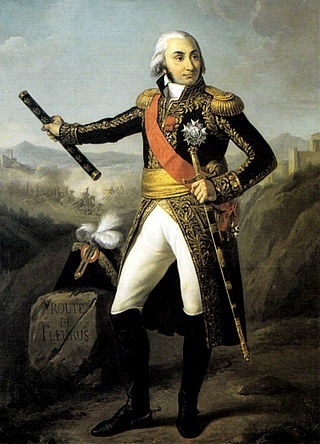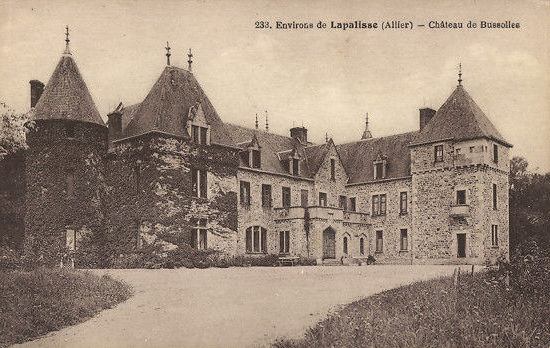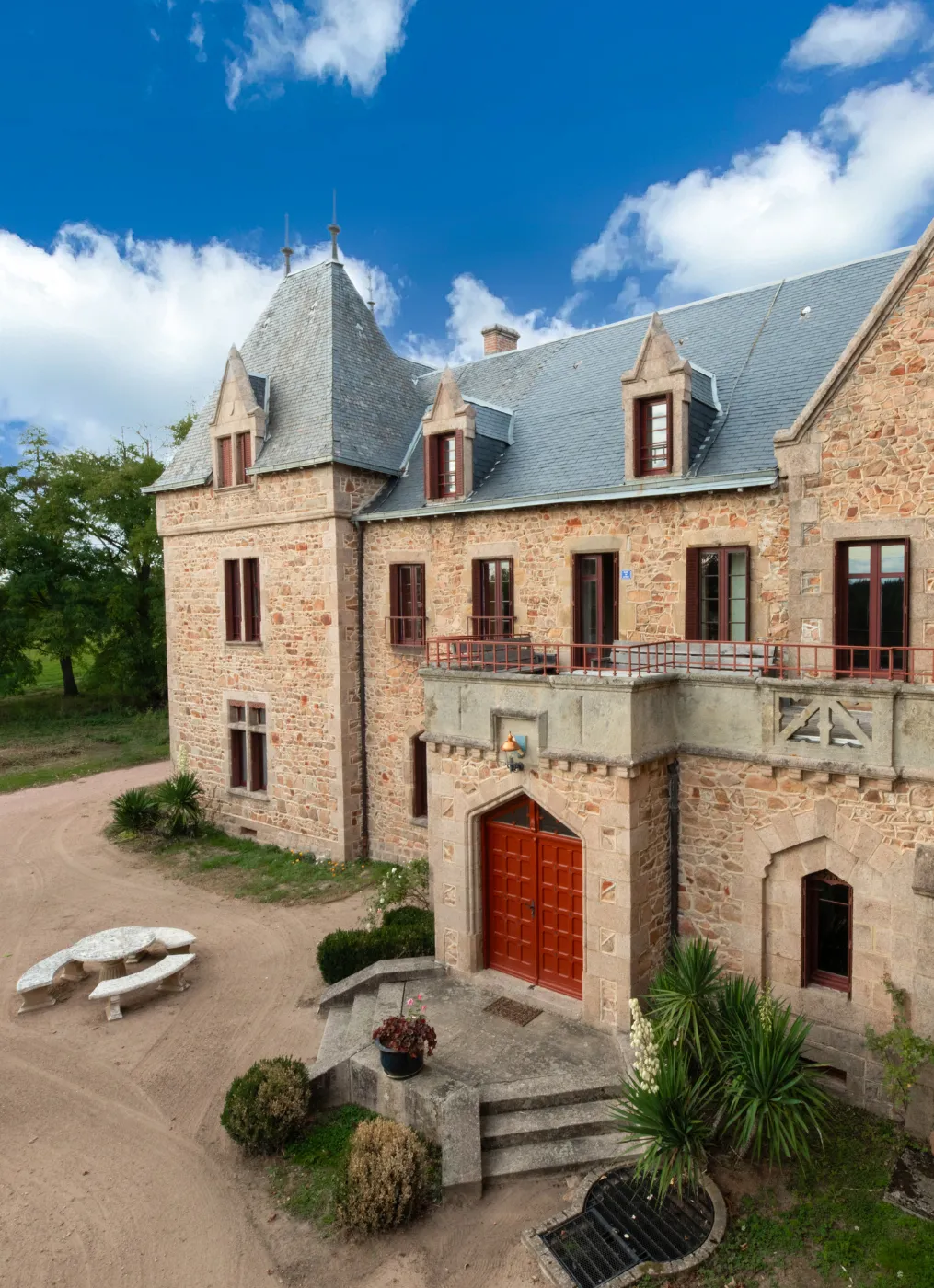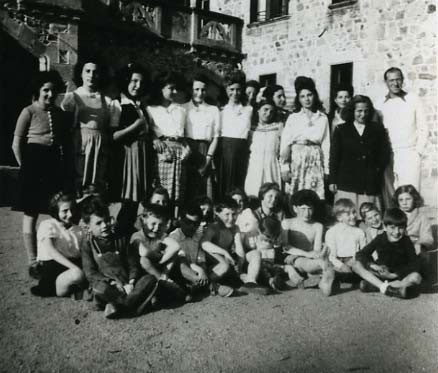A rich
History
Significant Function
Château de Bussolles was built in the Middle Ages as part of a defensive line. Throughout the centuries, it has been renovated and adapted to the demands of its time. Even in recent years, the château has undergone renovations, maintaining its original castle character while incorporating modern updates.
From the 10th Century…
The historical Château de Bussolles, originally constructed in the 10th century, served as a quadrangular defensive stronghold marked by four massive square turrets and a round tower. The castle was reconstructed in the 13th century, using foundations from the medieval era. The current castle has preserved some elements that seem to date back to the 14th century. In 1810, the castle underwent extensive restoration. Nestled in the Têche Valley, it is surrounded by various farms.
From Family Ownership…
On June 19, 1375, nobleman Jean Albert, Prévôt de Gagère (administrator), first mentioned the Bussolles estate, owned by the Lord of La Palisse. By the end of the 14th century, in 1393, the Obeilh family assumed the noble title of the Lord of Bussolles. The Obeilh family retained ownership until the mid-17th century. Through inheritance, the Château de Bussolles came into the possession of Antoine Henri de Chavagnac in 1683. The family crest is still present in a mural in the Chapelle de Bussolles. After his death on June 28, 1706, the estate was divided among three parties, including Jean-Baptiste des Gallois de La Tour (see photo), later a parliamentarian whose renowned son was involved in the French Revolution. After the death of Charles-Jean-Baptiste des Gallois de La Tour, the first president of the Parliament of Provence, the castle passed to Pierre de la Faige in 1831. In 1831, Bussolles went to Claynes Eugène, the son of the mayor of Lapalisse. Descendants of the family are buried in the Chapelle de Bussolles, just northeast of the castle. The castle remained in this family until the mid-20th century.
From Family Ownership…
On June 19, 1375, nobleman Jean Albert, Prévôt de Gagère (administrator), first mentioned the Bussolles estate, owned by the Lord of La Palisse. By the end of the 14th century, in 1393, the Obeilh family assumed the noble title of the Lord of Bussolles. The Obeilh family retained ownership until the mid-17th century. Through inheritance, the Château de Bussolles came into the possession of Antoine Henri de Chavagnac in 1683. The family crest is still present in a mural in the Chapelle de Bussolles. After his death on June 28, 1706, the estate was divided among three parties, including Jean-Baptiste des Gallois de La Tour (see photo), later a parliamentarian whose renowned son was involved in the French Revolution. After the death of Charles-Jean-Baptiste des Gallois de La Tour, the first president of the Parliament of Provence, the castle passed to Pierre de la Faige in 1831. In 1831, Bussolles went to Claynes Eugène, the son of the mayor of Lapalisse. Descendants of the family are buried in the Chapelle de Bussolles, just northeast of the castle. The castle remained in this family until the mid-20th century.
After the death of Charles-Jean-Baptiste des Gallois de La Tour, the first president of the Parliament of Provence, the castle passed to Pierre de la Faige in 1831. In 1831, Bussolles went to Claynes Eugène, the son of the mayor of Lapalisse. Descendants of the family are buried in the Chapelle de Bussolles, just northeast of the castle. The castle remained in this family until the mid-20th century.
Devastating…
At the end of World War II, on August 2, 1944, the village of Neuvy-sur-Loire was completely destroyed by incorrectly dropped bombs from the Allies. During this bombing, Jacques Aubert de la Faige, the son and heir (of the castle among other things), lost his life at the age of 55, along with his wife. In the same year, Uncle Théofylle De La Faige (1861-1944) also passed away. Shortly after the end of World War II, Emile De la Faige (1861-1945) also passed away. The family sold the castle in the years that followed.
Defense…
Château de Bussolles is one of the 24 castles that served to defend the valley of the Besbre, on the border between Bourbonnais and Burgundy. It is located in an oasis of peace and tranquility, in a hilly landscape of forests, lakes, and meadows.
Characteristic of this region are the English-looking hedges around the meadows. The use of pink granite, from a local quarry, makes the harmonious ensemble of square and round towers shine in the sun. One of the towers contains a spiral staircase made of Volvic lava stone: the Cathedral of Clermont-Ferrand is built with the same type of stone. Over the centuries, the rooms were modernized and equipped with all comforts.
All of this is done with respect for historical elements such as medieval fireplaces, the old sacristy with wooden paneling next to the former vaulted chapel, dating back to the Hundred Years’ War, which lasted from 1337 to 1453. Around 1810, the castle underwent extensive restoration, as evidenced by the lintel above the middle window of the balcony. An inscription is placed there: “Benoit 1805 Benard.”
Characteristic of this region are the English-looking hedges around the meadows. The use of pink granite, from a local quarry, makes the harmonious ensemble of square and round towers shine in the sun. One of the towers contains a spiral staircase made of Volvic lava stone: the Cathedral of Clermont-Ferrand is built with the same type of stone. Over the centuries, the rooms were modernized and equipped with all comforts.
All of this is done with respect for historical elements such as medieval fireplaces, the old sacristy with wooden paneling next to the former vaulted chapel, dating back to the Hundred Years’ War, which lasted from 1337 to 1453. Around 1810, the castle underwent extensive restoration, as evidenced by the lintel above the middle window of the balcony. An inscription is placed there: “Benoit 1805 Benard.”
A Remarkable Story…
The castle is located about 30 km from the city of Vichy, which during the war was the capital of the unoccupied part of France, officially known as the French State. Barrais-Bussolles was occupied by the Germans from the end of 1942.
Henriëtte Pichon, who, along with her husband Henri, ran an upscale private school for girls north of Paris before the war, had to leave the school as German troops advanced. She then reopened her school at Château de Bussolles, and some students followed.
During the war, she hid a group of Jewish children here and raised them in the Catholic faith, assisted by staff and people from the immediate surroundings. Henriëtte Pichon passed away in 1964 and was posthumously awarded the title ‘Righteous Among the Nations’ by the Yad Vashem Holocaust Remembrance Authority in 2010, for her assistance to the Jewish children.
(Source: ‘Une Juste à Bouffemont’ by Claude Dewaele – 2010)
In the French-language book “Emmuré” (‘walled, locked in oneself’) by Carole Bloch, Carole tells about the search for the hidden soul of her father, who stayed in our castle as a Jewish child during WWII. The book provides a good understanding of what the children experienced during this period. Ask for this special book when you are here and want to read it; it is ready for you.
